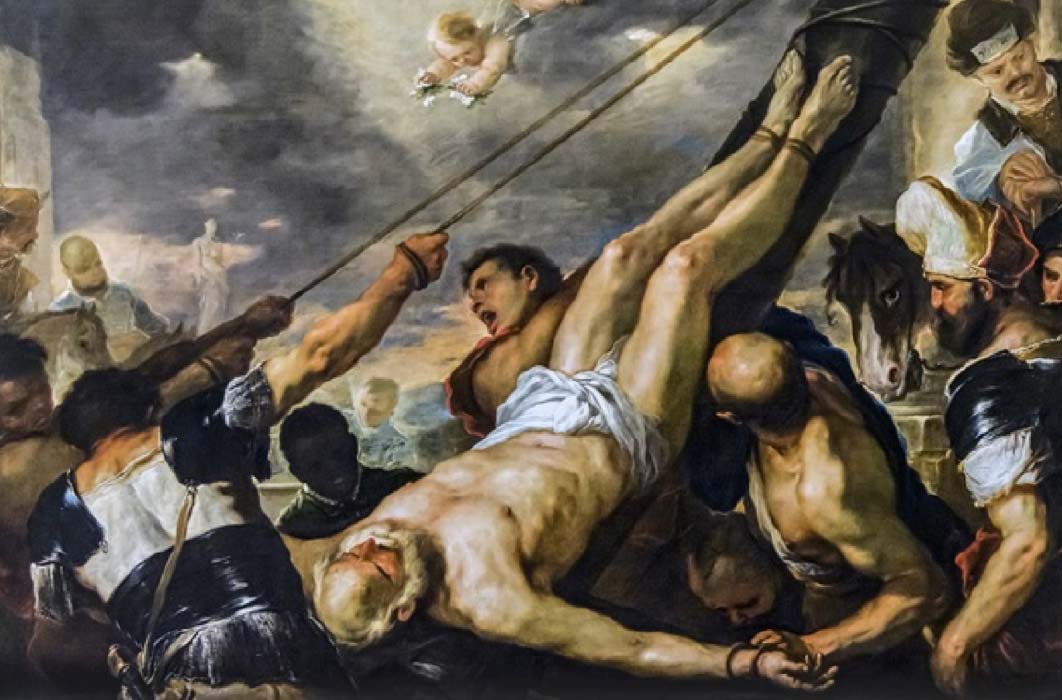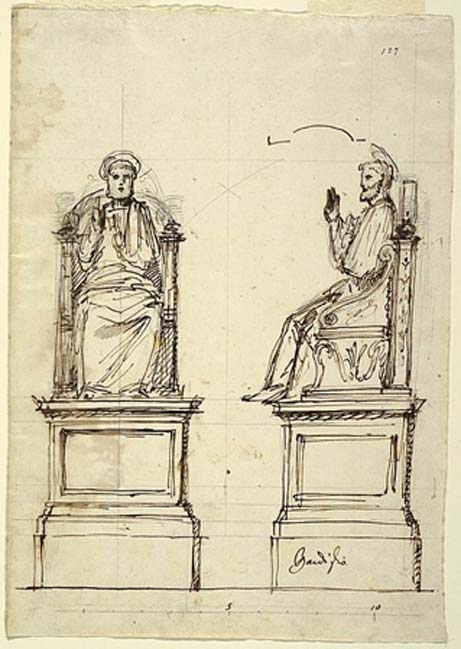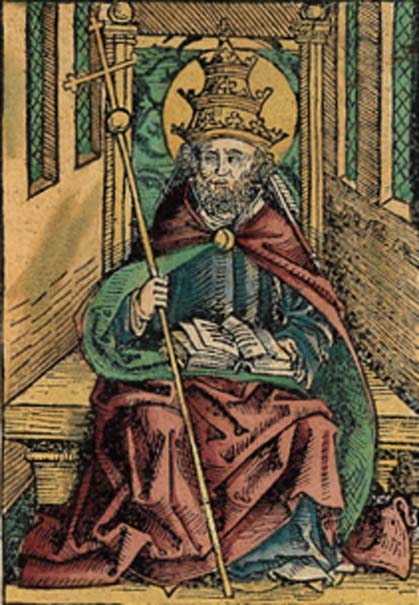
Sorcery at the Vatican: The Papacy’s Seven Deadly Sinners
Mention ‘the Pope’ today and the image it immediately summons up for many people is of a saintly old man standing on a balcony in Rome blessing the crowds gathered in St Peter’s Square (technically the Piazza San Pietro) and calling for peace and harmony in the world. However historically there is a tradition that far from representing all that is good and holy in the Roman Catholic Church, some popes were actually practicing sorcerers who had called upon dark forces to help them ascend the Throne of St Peter.

Drawing, Design for a Marble Throne for the Statue of St. Peter, St. Peter's, Rome, 1754.
Cooper Hewitt, Smithsonian Design Museum (Public Domain)
Papal Politics
Before one looks at the lives of the seven biggest sinners ever to wear the papal crown, one first needs to set the scene for what one sees in the present Papacy is only a relatively recent iteration. For example, for the best part of 1,000 years – and only ending in 1870 with the Reunification of Italy – the Papacy was also a significant temporal power ruling a large part of the Italian Peninsular. And, before that, the popes spent several hundred years embroiled in doctrinal disputes within the Christian Church, deciding which were orthodox teachings and which were unorthodox heresies.

Saint Peter portrayed as a Pope in the Nuremberg Chronicle (1493) (Public Domain)
The net result was that the frequently controversial decisions the popes made, earned them lots of enemies, both within the church and internationally as other sovereign states, particularly the Holy Roman Empire and the kingdoms of France and Spain, tried to influence both papal policy and control the territories of the Papal States surrounding the city of Rome. These disputes were sometimes so onerous that disaffected groups of cardinals would elect rival popes (known as antipopes) with some living in Rome and others in Avignon. In fact, at one point in the early 15th century there were actually three separate popes and antipopes all simultaneously claiming to be the head of the Catholic Church.

Façade of the Palace of the Popes in Avignon (CC BY-SA 2.0)





